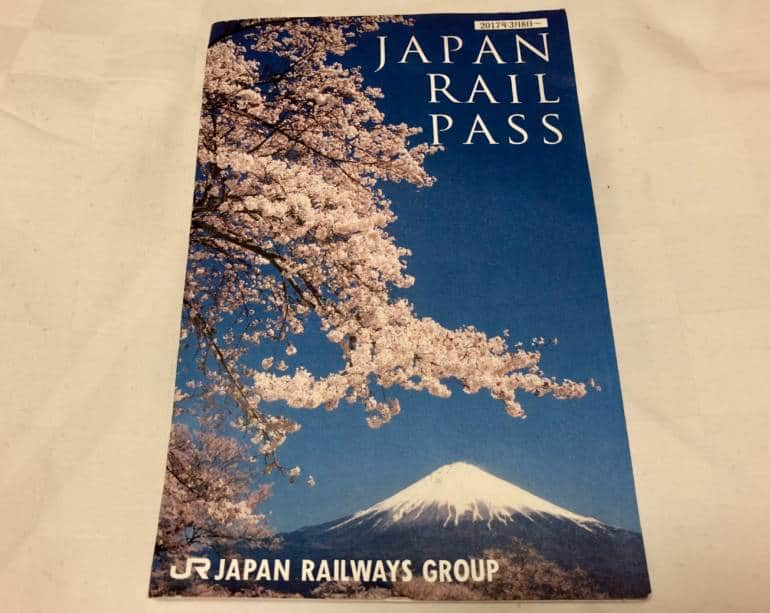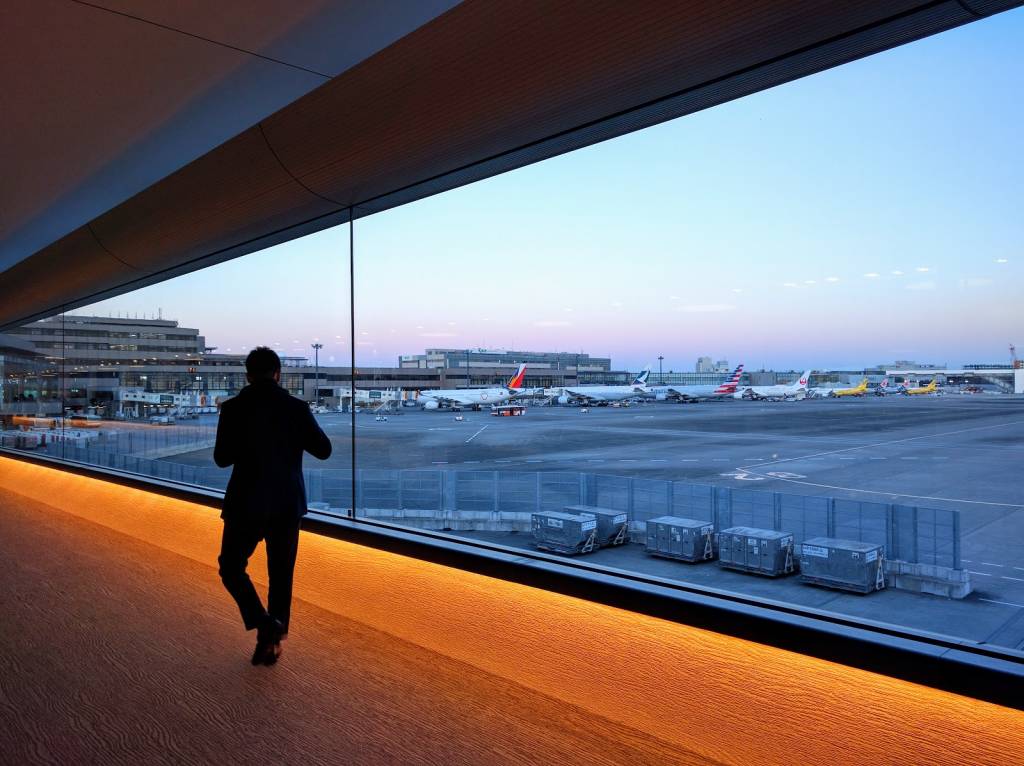What a shame it would it be to visit Japan and not zip around on the iconic shinkansen—the country’s fastest train.

In 50 years from now when we’re all getting from A to B in Jetsons-style flying cars, wouldn’t it be great to reminisce with the grandkiddos about the speed, finesse and comfort of a Japanese bullet train? To get you one step closer to crossing that future memory off your bucket list, we’ve created the Tokyo Cheapo Shinkansen Fare Calculator.
What is it and how does it work?

With Tokyo as your starting point, the calculator lets you choose your destination along the shinkansen route map and will provide you with current fare information. This includes the price of non-reserved and reserved one-way fare to help you better plan and budget for your Japan travels.
Cheapo bonus: For destinations like Kyoto and Shin-Osaka, you can book discounted return tickets via our site. Nice.
What is the difference between a JR Pass and individual bullet train tickets?

Planning a trip is tedious enough; now add a complex rail system and umpteen rail passes to choose from and your head’ll start spinning in no time. And sure, in some cases a pass would make sense, like if you’re planning extensive inter-city travel, but sometimes it’s completely unnecessary.
Consider this scenario: You are a tourist and want to split your time between Tokyo and Kyoto (i.e. you’re making a one-way long-haul trip). Your rail options are 1) an individual shinkansen ticket at ¥14,170 OR 2) a JR Pass—which provides 7 days of unlimited travel, even on some shinkansen trains—at ¥29,650. Which do you choose?
√ Answer 1: The obvious choice for your Tokyo–Kyoto trip is the one-way shinkansen ticket, saving you more than half of the JR Pass price tag.
× Answer 2: While unlimited travel might seem like a steal, in this Tokyo-to-Kyoto case you’re not using the pass to its full potential and your money goes to waste. You would need to use the JR Pass for two or more inter-city trips to reap the savings.
Why should I take the Shinkansen?
There are a few reasons, one being that it’s a symbol of immense technological achievement. Another being that you value your time more than money, and would rather spend said time doing than traveling. The bullet train is convenience bliss: Tokyo to Kyoto in three hours or less. Compare that to an 8-hour bus ride or an all-day local train ride riddled with cumbersome transfers. (Plus the amount of leg room you get is bananas!)
Luggage on the go: Fines and Charges
Following the (pre-covid) increase in tourist levels, JR decided to bring in limits for ‘extra large’ luggage on certain routes. Started in May 2020, any luggage with a combined width, height and length of between 160 cm and 250 cm now requires its own reservation, made in advance. If it is smaller, it can go in the overhead luggage racks, if it is larger, it cannot be taken onto the train.
Which train lines are affected?
It’s Limited to the Tokaido Shinkansen (between Tokyo and Osaka, including Kyoto), the Sanyo Shinkansen (between Shin-Osaka and Fukuoka, including Himeiji and Hiroshima) and the Kyushu Shinkansen (between Hakata in Fukuoka and Kagoshima).
How to reserve a space
To reserve a spot for your luggage, you won’t actually have to pay anything – but you will have to pay for a reserved seat (a few hundred yen more than an un-reserved seat). This will allow you to make a ‘luggage reservation’ and will give you access to the specially designed secure luggage storage sections at the end of certain carriages.
What happens if you don’t reserve
If you fail to reserve a space for your luggage, you will be issued with a ¥1,000 fine and will have to upgrade to a reserved seat if you haven’t already. It’s currently unclear what will happen if there are no unreserved seats left, you may have to wait for the next available train (or abandon your worldly goods, it’s up to you).
Still not on board? Here are some fun facts to get you (loco)motivated:

- The Shinkansen was introduced in time for the Tokyo Olympics in 1964. About 5.6 billion folks have taken a ride since.
- Maximum operating speed clocks in at 320 km/h (200 mph).
- The highest speed reached was 603 km/h (375 mph) during a test run for the Chuo Shinkansen in April 2015. The Maglev train uses electromagnets to float above the tracks when speeds of 150 km/h are reached and broke two land speed records during the trial.
- While the name Shinkansen means ‘new trunk line’ (dissapointing, we know) the English name of bullet train comes from ‘dangan reshha’ the name given to the project when research started in the 1940s.
- The annual average delay is 54 seconds per operational train (keep in mind, this number takes into account delays due to uncontrollable circumstances like natural disasters as well as the more usual issues).
- There are 342 daily departures and 1323 seats per train.
- You can finally take the bullet train from Tokyo to Shin-Hakodate-Hokuto in Hokkaido in just over 4 hours – the inter-island route opened in 2016. Check our our guide on getting to the northern capital, Sapporo.
- You can get a great view of Mt.Fuji along the Tokaido Shinkansen route—sit on the right side of the train heading towards Kyoto and Osaka, and on the left side heading towards Tokyo.
- In keeping with the theme of speed, a cleaning crew needs but 7 minutes to leave the trains looking spic and span – and they wear special uniforms to do so!
Try out the Shinkansen Fare Calculator now!






























